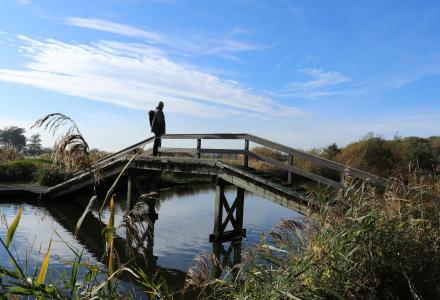Exe Estuary
The beautiful Exe estuary, with its expanse of inter-tidal mudflats and sandbanks, salt-marsh and wet meadows, is a haven for migratory waterbirds. The estuary supports an amazing array of more than 20,000 birds each winter, hosting internationally important species listed as being rare and/or vulnerable.
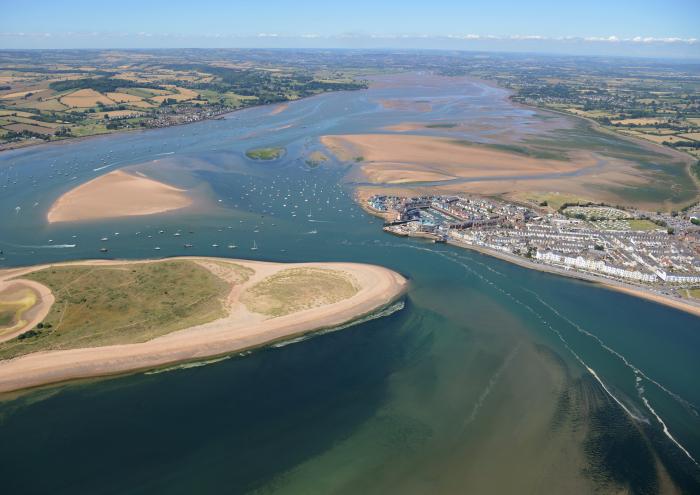
Winding 10 km south from the city of Exeter to the open sea at Exmouth and Dawlish Warren, the rich habitats of the estuary include eelgrass and mussel beds. The gloopy estuary mud is packed full of invertebrates, providing an important food source for migratory waders and wildfowl, many of which may have travelled thousands of miles from Arctic breeding grounds to reach our shores.
Birds spend the winter months feeding and resting after their breeding season and long migration. Many of them are easy to spot from the shore and water, but be careful not to get too close – even before they fly away your proximity may cause them stress.
Many migratory birds travel huge distances, facing complex challenges en-route. They can arrive at their wintering grounds exhausted. We can help by avoiding flocks of feeding and resting birds as we walk our estuary shores, helping them save energy by not needing to take flight.
When you’re walking with a dog, be aware that birds see dogs as predators, no matter how friendly your dog may be. Bird species that breed in the Arctic will have had nests predated by Arctic foxes. Check out our codes of conduct to help make the most of your visit and ensure you protect the wildlife that makes this special place its home.
Designations
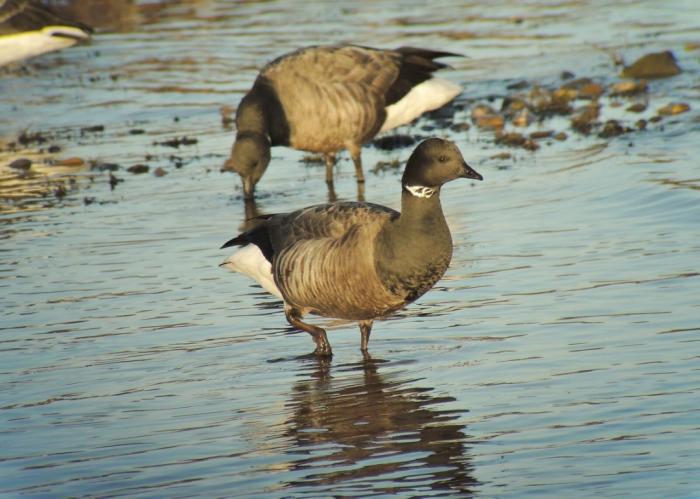
The mild climate, variety of habitats and abundant food sources of the Exe attract tens of thousands of birds and because of this, this area has several conservation designations.
- Site of Special Scientific Interest (SSSI): The Exe is nationally protected for over-wintering birds, a rare species of plant, the sandbank and mudflat habitat, and the invertebrate communities they support. This designation also recognises the geological importance of Orcombe Rocks, which mark the start of the Jurassic Coast World Heritage Site
- Special Protection Area (SPA): This European designation exists because the Exe hosts a third of the UKs population of Avocet during the winter. See their ballerina gracefulness on the mud-flats near Topsham, between RSPB Exminster and Bowling Green Marshes.
- RAMSAR - a wetland of international importance: The complex of habitats that the estuary provides, including the dune systems of Dawlish Warren, support significant numbers of wintering and passage waterbirds (those stopping to rest and feed before continuing on migration), as well as breeding birds, rare plants and invertebrates.

Produced in partnership with the Exe Estuary Management Partnership, updated codes of conduct provide valuable advice and guidance for all people visiting the Exe Estuary. The codes encourage safe and responsible behaviour on the Exe, for the benefit of all visitors to the estuary. They cover a wide range of uses on and around the Exe Estuary and promote the concept of sharing the space with wildlife and other visitors.
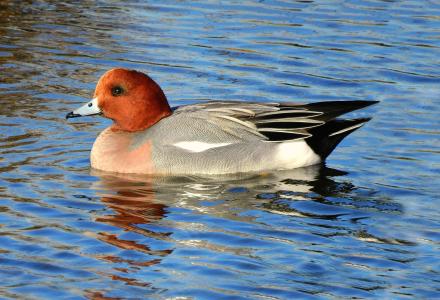
Key Species

Exe Estuary Codes
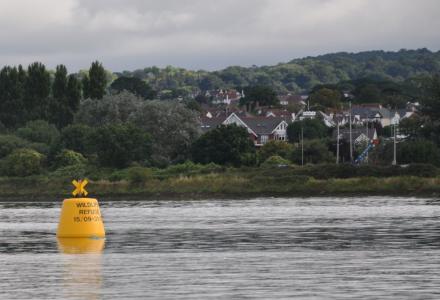
Wildlife Refuges
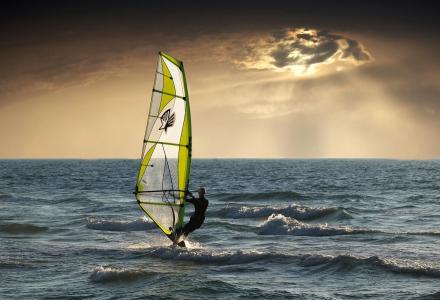
Activities

Access
